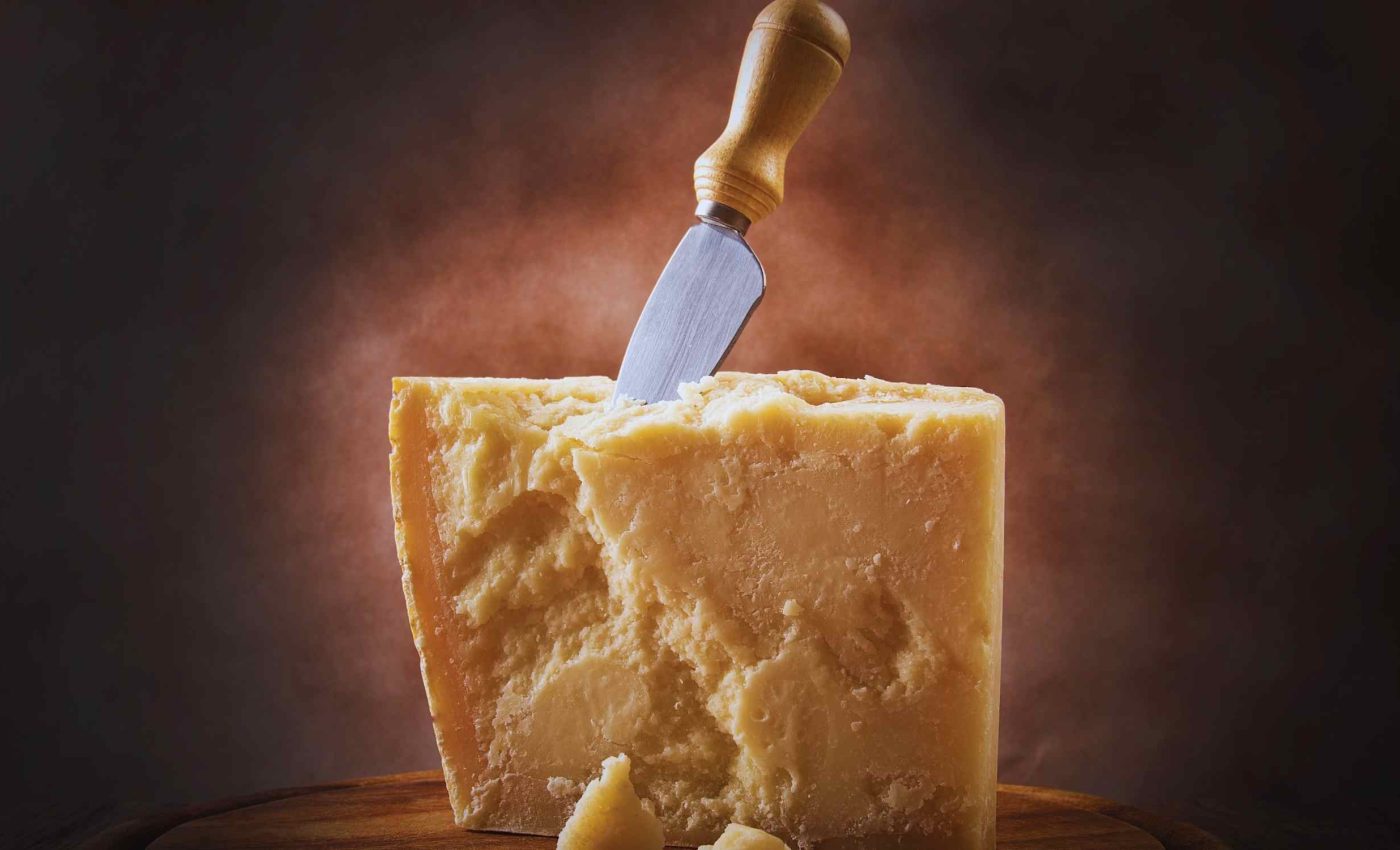
Live avian influenza virus survives in cheese made of milk from infected cows
Researchers at Cornell University have found that live H5N1 avian flu virus can remain infectious in some raw milk cheeses for as long as 120 days, roughly four months.
The work took place in New York and included both lab-made cheeses and cheeses from a dairy herd that included infected cows.
Avian flu virus survived in cheese
Lead scientist Diego G. Diel of Cornell University College of Veterinary Medicine tracked the virus through production and aging of cheese.
The team tested the virus in both controlled lab experiments and in cheddar cheese made by a company using intentionally contaminated milk
Survival of the viral particles depended on acidity and timing. The virus endured when milk was less acidic at the start of cheesemaking.
Acidity and avian bird flu survival
The milk’s pH set the tone for what happened next. At pH 6.6 and 5.8, the virus stayed alive during processing and through the cheese aging time (up to 120 days).
However, an increase in acidity to pH 5.0, just before processing commenced, rendered the virus unable to survive.
That pattern fits what is known about the avian flu virus’s outer proteins – they lose function after strong acid exposure.
Independent research showed that standard heat steps in milk production removed infectivity quickly at higher temperatures than routine aging ever reaches. But when raw (unheated) milk is used, the avian flu virus is able to survive.
Evidence from real world cheese
Cheese blocks that were made before the outbreak was discovered were already positive for live virus when they arrived at the lab.
The pH of those blocks stayed near 5.3 during early aging and moisture available to microbes declined slowly without eliminating infectivity.
The lab mini-cheese model and the farm products lined up on that point, which strengthens confidence in the basic finding.
Measurements of live avian flu virus in the farm cheeses were confirmed by two different assays that detect viral growth.
Infectious doses in liquid
Ferrets that drank spiked raw milk became ill, with fever and viral shedding that matched what veterinarians expect in this animal model.
By contrast, ferrets that ate contaminated cheese did not become infected. This result suggests that an infectious dose is harder to reach in solids.
The difference may reflect how liquids spread in the mouth and throat compared with small, swallowed pieces of food. It also highlights that matrix and behavior matter for risk, even when the same microbe is involved.
Global spread and food safety
Since 2022, the highly pathogenic H5N1 virus has spread beyond birds to mammals in over 20 countries. In 2024, U.S. dairy herds joined that list, revealing new ways the virus can circulate through agricultural systems.
Milk from infected cows carries high viral loads. Furthermore, contamination risks can extend across milking, transport, and storage chains before milk ever becomes cheese.
This crossover raises new biosecurity challenges for farms and regulators. The virus’s ability to persist in cold, protein-rich environments complicates standard cleaning and testing routines.
Understanding how temperature, acidity, and handling shape viral survival helps public health agencies develop stronger food safety strategies for both local and international markets.
Why the 60-day rule falls short
Federal regulation permits raw milk cheeses if they are cured for at least 60 days at 35 degrees Fahrenheit (1.7 degrees Centigrade), or warmer. In this work, live H5N1 virus persisted past that point, so time alone did not provide a safety margin.
“The current regulation requiring 60-day aging of raw-milk cheese before marketing proves insufficient to achieve HPAI H5N1 virus inactivation and guarantee cheese safety,” stated Diel.
“Therefore, implementing additional mitigation steps, such as testing of raw-milk bulk tanks or using milk pasteurization, thermization or acidification before cheese making, becomes crucial to ensure food safety,” he added.
Is avian flu virus a risk for people?
California issued a raw milk recall after virus detection, a notice that urged people not to drink the affected lot.
A federal analysis estimated that 4.4 percent of U.S. adults reported drinking raw milk at least once in the previous year, with 1.6 percent doing so frequently.
Public health guidance says the risk to the general public remains low, but that assumes people avoid exposures that are easy to control.
Pasteurized milk and cheese are safer
For consumers, pasteurized milk and cheeses are the safer choice. Pasteurization involves heat treatment that kills microbes, thus protecting against many unrelated pathogens.
For artisans who work with raw milk by choice or law, thermization is a practical option. This uses a gentler heat step that takes milk to just below pasteurization temperatures.
Testing bulk tanks can flag problems before production starts, and suppliers can hold suspect lots until results are back.
Early milk acidification – the quick pH drop before curd sets – is another practical addition. Those steps fit into existing workflows without changing styles, and often keep products on shelves for longer.
Future research directions
The minimum infectious dose for people in dairy matrices is still unknown, and dose response likely depends on product texture and how it is eaten.
Future studies will need to map the points where acidity, salt, moisture, and time intersect to shut down the avian flu virus more reliably.
Producers and regulators can set practical targets for pre-curd acidification, salt, and hold times, then validate them with challenge studies in real facilities. That work will help align craft traditions with food safety goals.
The study is published in the journal Nature Medicine.
—–
Like what you read? Subscribe to our newsletter for engaging articles, exclusive content, and the latest updates.
Check us out on EarthSnap, a free app brought to you by Eric Ralls and Earth.com.
—–













